As the craze for grazing continues to increase, charcuterie board price plays a significant role in consumer buying decisions. These eye-catching, mouthwatering assortments of treats are now a must-have at parties, events, and casual gatherings.
In this comprehensive article, we will take you through the primary factors influencing all areas of charcuterie board price, ensuring you're well-equipped to make savvy decisions when assembling your delectable creations.
FYI: There are THREE (3) ways to create a
professional charcuterie business. Some you can legally start/run from
home, others you can run from various local establishments. Pick your
path and read more.1: Click here to read more about starting from home (it is NOT what you may be thinking)
2: Click here to read more about teaching local charcuterie classes
3: Click here to read more about starting/growing a traditional charcuterie catering business (on-demand video training)
Table of Contents [CLICK HERE TO OPEN]
- The Cheesy Truth: Cheese Varieties and Prices
- The Meaty Details: Charcuterie Selections and Pricing
- A Flavorful Finishing Touch: Fruits, Nuts, Olives, and More
- Savvy Savings: Cost-Effective Tips for Quality Ingredients
- Show-Stopping Showcase: Board Materials and Aesthetics
- Trendy Tablescapes: Charcuterie Trays, Cups and More
- Serving in Style: Charcuterie Board Accessories
- Feeding the Masses: Serving Sizes and Pricing Guide for Charcuterie Boards
- Savvy Shopping: Tips for Buying Charcuterie Boards
- Craft Your Masterpiece: DIY Charcuterie Boards and Cost-Saving Tips
- Bringing It All Together
- People Also Asked:
The Cheesy Truth: Cheese Varieties and Prices
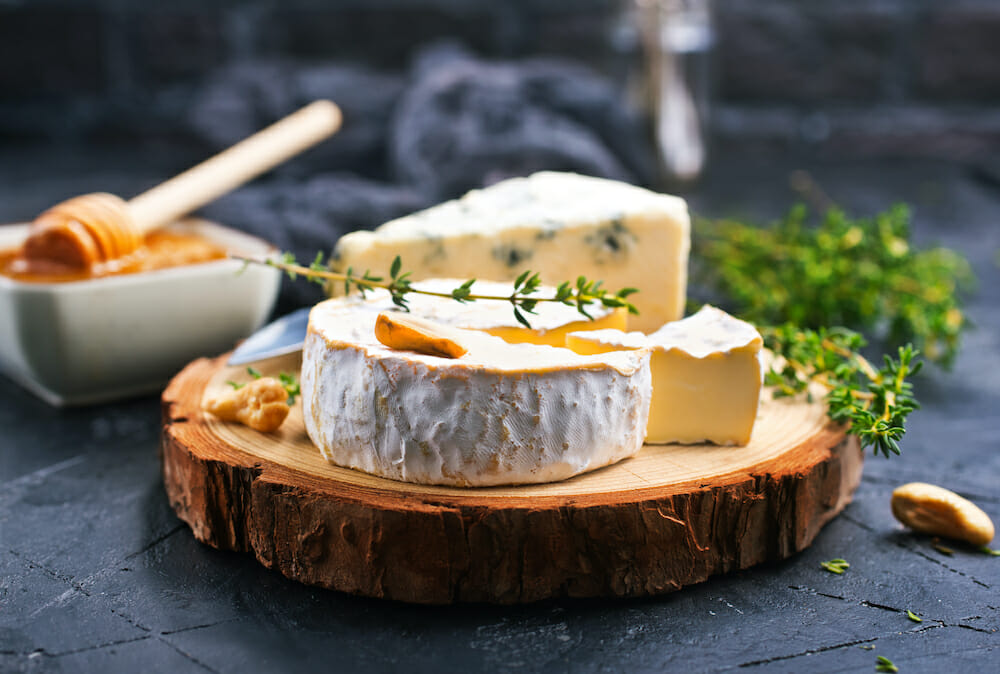
The world of cheese is vast and diverse, which can greatly influence the cost of your charcuterie board. To create a board that delights both the palate and the wallet, consider combining artisanal, budget-friendly, and crowd-pleasing cheese options.
By including a mix of hard, soft, and blue cheeses, you'll not only captivate your guests with a visually stunning display but also offer them an unforgettable gastronomic experience.
Artisanal Cheeses
Indulge in the exquisite flavors of artisanal cheeses, crafted with meticulous care and expertise. These premium options often come with a higher price tag, ranging from $20 to $40 per pound. Examples include Époisses, a French soft cheese with a pungent aroma, or the cave-aged Swiss Gruyère, which boasts a nutty and complex taste.
Budget-Friendly Cheeses
To balance out the cost, incorporate more affordable cheeses that still pack a punch in terms of flavor. These budget-friendly choices typically cost between $5 and $15 per pound. Some popular options are sharp cheddar, creamy Havarti, or tangy feta, which can all enhance your board without breaking the bank.
Crowd-Pleasers
Don't forget to include some universally loved cheeses that cater to a wide range of tastes. Crowd-pleasers generally fall within the $10 to $25 per pound price range. Classic choices include buttery Brie, rich Camembert, or the subtly sweet Gouda.
Hard Cheeses
Hard cheeses typically have a firm texture and a rich, robust flavor. Prices for hard cheeses can range from $10 to $30 per pound. Examples include aged Parmigiano-Reggiano, Manchego, or Pecorino Romano.
Soft Cheeses
Soft cheeses are known for their creamy, smooth texture and mild taste. The price for soft cheeses can vary between $8 and $25 per pound. Popular soft cheeses include Brie, Camembert, and goat cheese.
Blue Cheeses
Blue cheeses offer a unique, tangy flavor and crumbly or creamy texture, depending on the type. The price for blue cheeses can fall within the range of $15 to $40 per pound. Examples of blue cheeses are Roquefort, Gorgonzola, and Stilton.
TIP: Join us for our free, on-demand training about how to grow and thrive with your charcuterie brand! Click here to read more >
The Meaty Details: Charcuterie Selections and Pricing
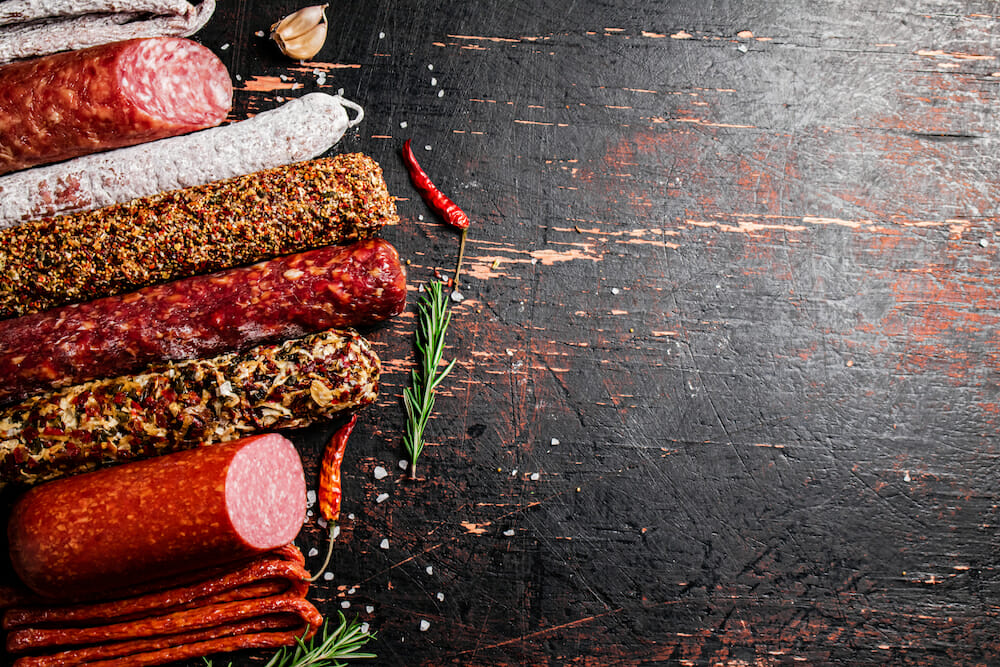
When selecting meats for your charcuterie board, the variety you choose can have a noticeable impact on the overall cost. Including a combination of premium and budget-friendly options ensures a delectable experience without stretching your wallet too far.
Budget-Friendly Meats
Salami: A Versatile Classic
Salami, a cured sausage with origins in Italy, is known for its rich and savory flavors. It comes in a variety of styles, such as Genoa, Milano, or Soppressata, which differ in spice levels, textures, and fat content. Prices for salami range from $10 to $25 per pound, depending on the type and quality. Including salami on your charcuterie board adds a delightful variety and caters to a wide range of tastes.
Capicola: The Spicy Italian Choice
Capicola, also known as coppa, is a dry-cured Italian pork shoulder or neck with a delicious combination of tender meat and flavorful fat. It can be mild or spicy, depending on the seasoning, and usually costs between $15 and $30 per pound. Adding capicola to your charcuterie board brings a touch of spice and Italian flair, satisfying the adventurous palates of your guests.
Mortadella: A Taste of Bologna
Mortadella, a smooth and delicately flavored Italian sausage, is often referred to as “the original bologna.” It is made from finely ground pork and studded with cubes of creamy fat, pistachios, or olives.
Prices for mortadella can range from $8 to $20 per pound, depending on the quality and ingredients. Incorporating mortadella into your charcuterie spread offers a pleasant contrast to the more robust flavors of other meats, providing a well-rounded experience.
Premium Meats
High-end charcuterie options, such as prosciutto, Jamón Ibérico, and speck, are renowned for their exceptional quality and flavor. These premium meats typically come with a higher price tag, ranging from $25 to $100 per pound, depending on the specific type and origin.
Prosciutto: The Italian Delicacy
Prosciutto, a dry-cured Italian ham, is known for its delicate, melt-in-your-mouth texture and rich flavor. Prices for prosciutto can range from $25 to $40 per pound, depending on the aging process and the producer. This Italian favorite adds a touch of sophistication to any charcuterie board.
Jamón Ibérico: Spanish Elegance
Jamón Ibérico, a world-famous Spanish ham, is praised for its exceptional quality and distinct nutty flavor, thanks to the acorn-rich diet of the Iberian pigs. This premium meat can cost anywhere from $40 to $100 per pound, depending on the curing process and the specific type of Ibérico ham, such as Bellota or Cebo. Incorporating Jamón Ibérico into your charcuterie spread exudes luxury and refinement.
Speck: A Smoky, Savory Treat
Speck, a lightly smoked and dry-cured ham hailing from the Tyrol region of Austria and Italy, offers a unique flavor profile with a perfect balance of smokiness and saltiness. Prices for speck typically fall between $20 and $30 per pound. Featuring speck on your charcuterie board showcases your appreciation for diverse, high-quality meats and adds a smoky dimension to the overall experience.
By thoughtfully combining both premium and budget-friendly choices, you can create an exquisitely diverse board that accommodates various preferences without exceeding your budget.
TIP: Join us for our free, on-demand training about how to grow and thrive with your charcuterie brand! Click here to read more >
A Flavorful Finishing Touch: Fruits, Nuts, Olives, and More

Incorporating a variety of additional ingredients can truly elevate your charcuterie board, transforming it into a mouthwatering masterpiece. These extras don't usually have a significant impact on the overall cost, but selecting seasonal, locally sourced fruits, nuts, and olives can keep your expenses reasonable while supporting local farmers and highlighting regional flavors.
Fruits
Fresh, seasonal fruits add a burst of color and natural sweetness to your charcuterie board. Prices can vary depending on the season and availability, with a range of $1 to $5 per pound for common options like grapes, apples, and berries. Dried fruits, such as apricots and figs, offer a concentrated flavor and can cost between $5 and $10 per pound.
Nuts
Nuts contribute a delightful crunch and rich, earthy flavors to your board. Almonds, walnuts, and pecans are popular choices and typically cost around $5 to $15 per pound. For a more luxurious option, consider including pistachios or macadamia nuts, which can range from $10 to $20 per pound.
Olives
Olives bring a pop of color and a briny, savory element to your charcuterie board. With prices ranging from $5 to $15 per pound, you can choose from various types such as Kalamata, Castelvetrano, or mixed marinated olives to suit your preferences.
By thoughtfully selecting an array of additional ingredients that complement
Savvy Savings: Cost-Effective Tips for Quality Ingredients
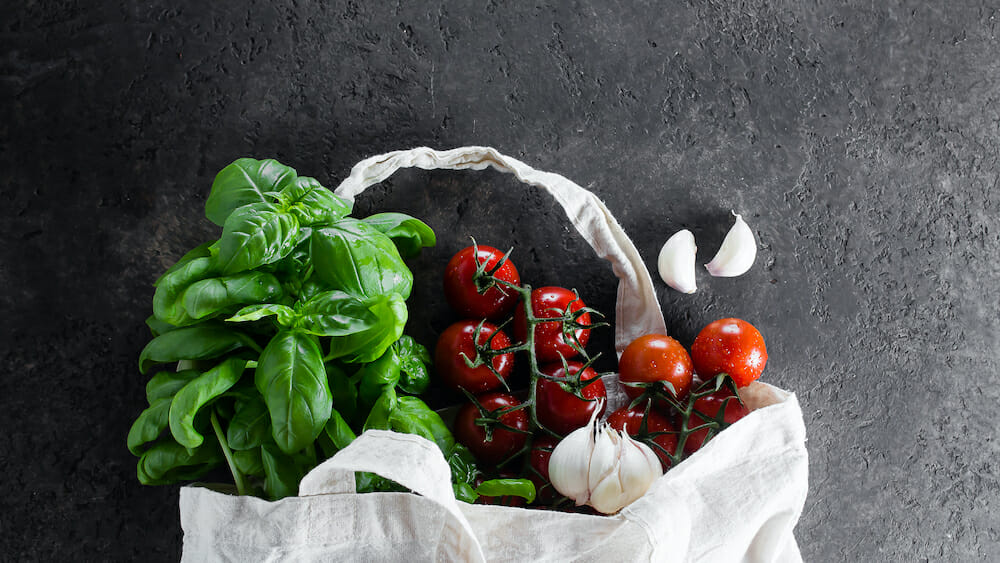
-
- Shop seasonally and locally: Purchase in-season fruits and locally produced items to save money and support your community.
-
- Buy in bulk: Opt for larger quantities of cheeses, meats, and other ingredients to take advantage of bulk discounts.
-
- Mix and match: Combine a few luxury items with more budget-friendly options to create a balanced and cost-effective board.
-
- DIY: Make your own preserves, pickles, or spreads to save money and add a personal touch to your charcuterie board.
Understanding the price ranges of various cheeses, meats, and additional ingredients will help you make informed choices when assembling your charcuterie board. By implementing cost-saving tips, you can create an impressive and delicious spread without sacrificing quality.
TIP: Join us for our free, on-demand training about how to grow and thrive with your charcuterie brand! Click here to read more >
Show-Stopping Showcase: Board Materials and Aesthetics
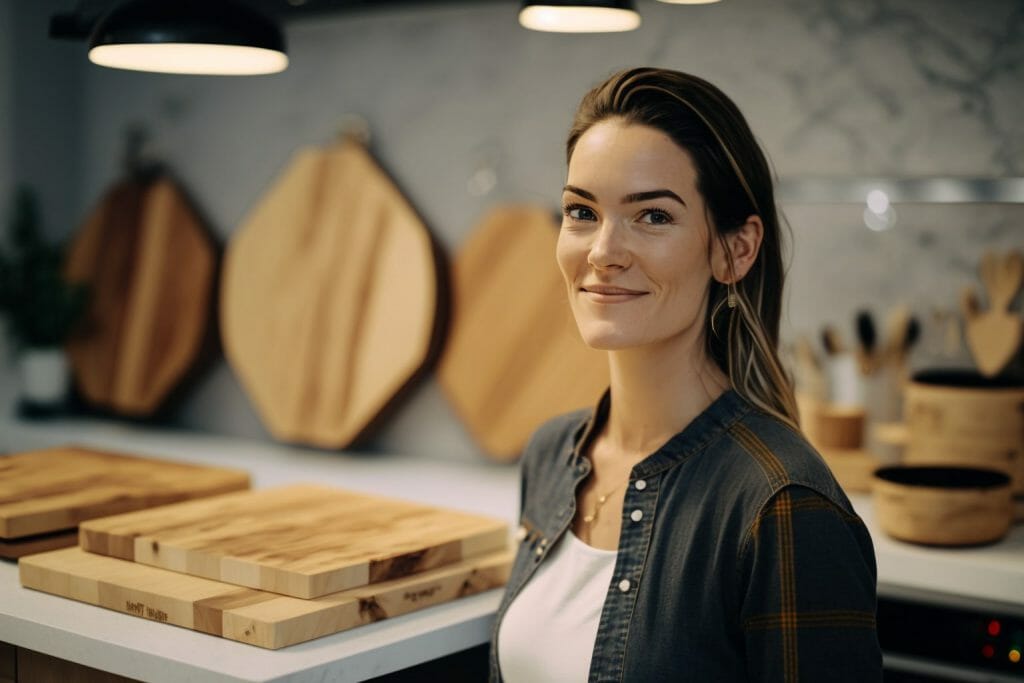
The choice of board material and presentation style can indeed impact the cost of your charcuterie display. Investing in high-quality wood or marble boards may carry a heftier price tag, but they serve as an elegant canvas for your gastronomic artwork. However, there are budget-friendly alternatives that still offer a visually appealing presentation.
Wooden Wonders: Exploring the Variety of Wood Boards
Wooden charcuterie boards are a classic and versatile choice, featuring an array of options such as acacia, bamboo, walnut, and teak. Each type of wood presents its own distinct characteristics, like grain patterns and color variations, adding a touch of natural elegance to your charcuterie display. Take into account the board's size, shape, and finish to perfectly match your unique requirements and tastes.
Acacia Charcuterie Board
Acacia wood is known for its durability and rich, warm tones, making it an attractive option for charcuterie boards. Prices can range from $20 for smaller boards to $100 or more for larger, intricately designed options.
Walnut Charcuterie Board
Walnut boasts a luxurious, deep color and distinctive grain patterns, making it a popular choice for charcuterie displays. Prices for walnut boards can range from $30 for smaller sizes up to $150 or more for larger, handcrafted pieces. These have become so popular we've created an entire article for you! Click to read more about the majestic walnut charcuterie board.
Teak Wood Cutting Board
Teak is highly regarded for its strength, weather resistance, and stunning golden-brown hue. Charcuterie boards made from teak typically start at around $40 for smaller sizes and can reach up to $200 or more for larger, artisanal creations.
By exploring the wide world of wood boards, you can find the perfect balance of form and function to showcase your charcuterie creations in style.
Olive Wood Charcuterie Boards
Olive wood charcuterie boards, known for their Mediterranean allure and stunning grain patterns, range in price based on size and craftsmanship. Smaller boards typically cost around $30 to $40, while larger or more intricate designs can reach $50 to $150. These durable boards add elegance to your charcuterie display without breaking the bank.
Oak Charcuterie Boards
Oak charcuterie boards, appreciated for their classic charm and sturdy nature, can be found at various price points depending on size and design. Smaller oak boards typically start around $20 to $30, while larger or more detailed versions can cost anywhere from $40 to $100. These timeless boards provide a reliable foundation for your charcuterie presentation without compromising on aesthetics.
Melamine Charcuterie Board
If you're seeking a cost-effective solution without compromising on style, melamine boards are a fantastic option. They offer the appearance of ceramic or porcelain but are more durable and lightweight. Prices for melamine boards can vary from $10 to $60, depending on the design and size.
TIP: Join us for our free, on-demand training about how to grow and thrive with your charcuterie brand! Click here to read more >
Sustainable Spread: Eco-Friendly and Reusable Board Options

Eco-conscious individuals can find a variety of sustainable and reusable materials for their charcuterie displays. From renewable resources to durable materials, these options allow you to create an appetizing spread while minimizing your environmental impact.
Bamboo and Cork Boards
While they may not have the longevity of other woods, bamboo and cork are both environmentally friendly choices that offer a unique aesthetic. They're renewable, biodegradable, and available at a range of price points – typically starting at around $15 for smaller boards and going up to $50 or more for larger or intricately designed options.
Reclaimed Wood Boards
Reclaimed wood boards are an excellent sustainable option, as they repurpose previously used wood and prevent additional deforestation. These boards often have a rustic appeal and can range in price from $20 for smaller sizes up to $100 or more for larger, custom-made designs.
Slate, Marble, and Ceramic Boards
Durable materials like slate, marble, and ceramic are elegant and reusable, making them an eco-friendly choice for charcuterie presentations. Prices for these boards vary based on the material, size, and design, starting at around $25 for simpler options and reaching up to $200 or more for high-quality, handcrafted pieces.
By selecting eco-friendly and reusable board options, you can enjoy your charcuterie experience with the added satisfaction of knowing you're supporting a greener, more sustainable lifestyle.
Trendy Tablescapes: Charcuterie Trays, Cups and More

In addition to traditional boards, there are several innovative and eye-catching ways to display charcuterie. From trays to cups and even champagne walls, these trendy presentations can elevate your culinary showcase and leave a lasting impression on your guests.
Charcuterie Trays
Charcuterie trays offer a versatile and portable option for displaying your delectable delights. They come in a variety of materials, such as wood, metal, or glass, and can be found at price points ranging from $15 to $100, depending on size, material, and design. Charcuterie trays can be particularly helpful when hosting large gatherings or events, allowing guests to serve themselves easily.
Charcuterie Cups
A creative twist on the traditional board, charcuterie cups deliver an individualized experience for guests. These bite-sized delights can be displayed on decorative stands or even champagne walls, with prices ranging from $5 to $50 for the cups and $75 to $250 for the stand or wall, depending on the materials used and the level of customization. Charcuterie cups are perfect for cocktail parties or events where guests will be mingling and prefer a more portable option.
View this post on InstagramA post shared by LOVER BOARDS | OC CHARCUTERIE + GRAZING (@loverboardsoc)
Even More Display Ideas
There are numerous other display options to consider for presenting your charcuterie, such as tiered stands, slate boards, or even artistic arrangements using geometric patterns or shapes. Prices for these alternative displays can range from $20 to $200, depending on the design and materials.
By exploring these unique and fashionable display methods, you can create a charcuterie experience that not only tantalizes the taste buds but also captivates the eyes of your guests.
Serving in Style: Charcuterie Board Accessories
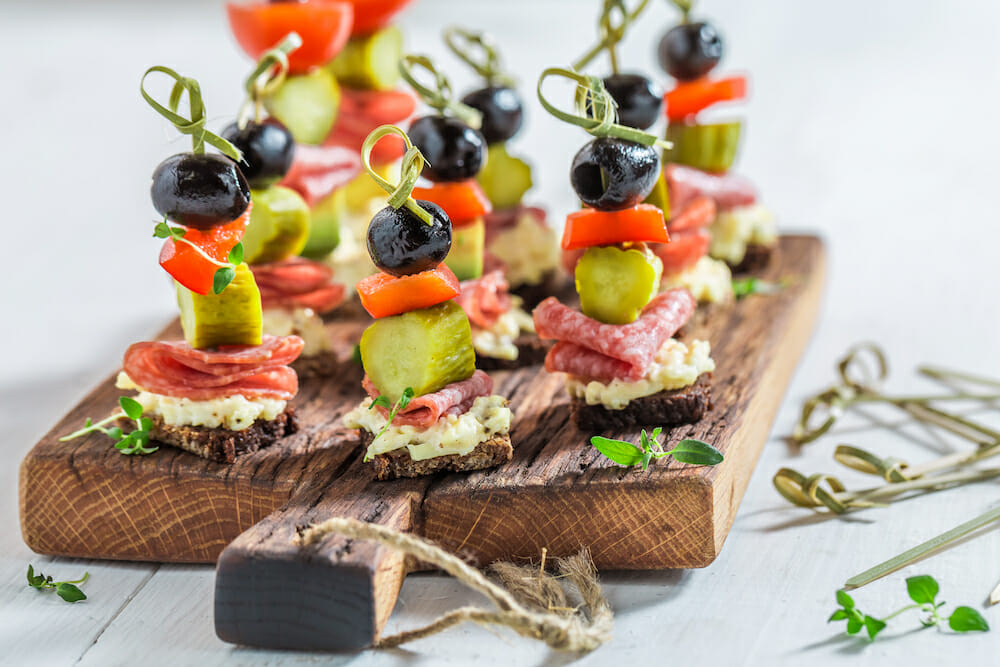
Mastering this delicious art involves more than just selecting the right ingredients; presentation and the materials you use also play a crucial role. In this section, we'll explore various board options and additional supplies to help you create a visually stunning and functional charcuterie spread.
Single-Use Chic: Disposable Boards and Serving Trays
Disposable boards and serving trays are perfect for casual gatherings or events where easy cleanup is essential. Available in biodegradable or compostable materials like palm leaf, sugarcane, or recycled paper, they provide an eco-friendly option for single-use purposes.
Price ranges for disposable options typically start as low as $5 to $10 for smaller trays, while larger or more elaborately designed options may cost between $15 and $30. Despite their disposable nature, these boards and trays can still present an appealing and stylish backdrop for your charcuterie arrangement.
The Finishing Touches: Utensils, Labels, and More
Completing your charcuterie experience calls for some essential extras. Let's delve into the details and explore potential price ranges for these finishing touches.
Utensils: Cheese knives, spreaders, and forks are indispensable for effortless serving. They come in various materials, from stainless steel to wooden handles, and can range from $10 to $50 for a quality set.
Small Bowls or Ramekins: Perfect for holding spreads, dips, or olives, these versatile containers come in materials like ceramic, glass, or even eco-friendly options like bamboo. Prices can vary from $5 to $30, depending on the size, material, and design.
Labels or Markers: Identify different cheeses, meats, or allergens with labels or markers. Chalkboard or reusable labels typically cost between $5 and $20, while disposable options may be even more budget-friendly.
Garnishes: Fresh herbs or edible flowers add that final touch of flair to your charcuterie board. The cost will depend on the type and seasonality of the garnishes, but you can generally expect to spend between $3 and $10 for a small selection.
By considering these additional supplies, you'll not only elevate the aesthetics of your charcuterie board but also enhance the overall experience for your guests.
TIP: Join us for our free, on-demand training about how to grow and thrive with your charcuterie brand! Click here to read more >
Feeding the Masses: Serving Sizes and Pricing Guide for Charcuterie Boards

Creating a charcuterie board can be a fun and rewarding experience, but determining the appropriate serving sizes and pricing can be challenging. In this section, we'll provide guidance on serving sizes, pricing formulas, and factors to consider when setting prices for your charcuterie masterpieces.
Perfect Portions: Serving Sizes per Person for Different Ingredients
When planning your charcuterie board, it's essential to consider the serving sizes for each ingredient. A general rule of thumb is to allocate about 2-4 ounces of meat and cheese per person. For additional ingredients, such as fruits, nuts, and olives, aim for 1-2 ounces per person. These recommendations can be adjusted based on the specific tastes and preferences of your guests.
Profitable Platters: Basic Pricing Formula for Charcuterie Boards
To establish a pricing formula for your charcuterie boards, begin by calculating the total cost of ingredients, board materials, and any additional supplies. Then, factor in your desired profit margin, which may range from 25% to 50%, depending on your market and business goals. For example, if your total cost is $50 and you want a 40% profit margin, your price should be set at $70 ($50 + $20 profit).
Price Adjustments: Circumstances That May Affect Pricing
Keep in mind that various circumstances may affect your charcuterie board pricing. Delivery fees, for example, should be considered if you offer this service. Additionally, if you provide a full-service catering experience, don't forget to factor in gratuity or service charges. Be transparent about these additional costs when communicating with customers to avoid misunderstandings.
Size Matters: Suggested Base Prices for Different Sizes of Charcuterie Boards
To give you a rough idea of base prices for different charcuterie board sizes, consider the following suggestions:
-
- Small (serves 2-4 people): $40-$60
-
- Medium (serves 6-10 people): $80-$120
-
- Large (serves 12-20 people): $150-$250
These prices are a starting point and should be adjusted according to your specific costs, location, and target market.
Prices for Various Guest Counts
When planning a gathering or event, understanding the cost of charcuterie boards for different guest counts is crucial. Here, we break down the estimated prices for charcuterie boards for 20, 25, 30, 50, and 100 guests.
Keep in mind that prices WILL vary depending on the variety of factors we have already covered.
Charcuterie Board for 20 Guests Price
Estimated Cost: $300 – $1,000.
For a smaller gathering, a charcuterie board catering to 20 guests can range from $300 to $1,000. The price will mainly depend on the chosen ingredients and presentation style.
Charcuterie Board for 25 Guests Price
Estimated Cost: $375 – $1,250.
As your guest list expands to 25, expect to pay between $375 and $1,250 for a charcuterie board. Sourcing and selecting premium ingredients can impact the overall cost.
Charcuterie Board for 30 Guests Price
Estimated Cost: $450 – $1,500.
For 30 guests, the charcuterie board cost may increase to $450 – $1,500. The variety of ingredients and their respective quality play a significant role in the pricing.
Charcuterie Board for 50 Guests Price
Estimated Cost: $750 – $2,500.
When catering to 50 guests, a charcuterie board can cost between $750 and $2,500. A more elaborate presentation and high-quality ingredients can contribute to the higher price range.
Charcuterie Board for 100 Guests Price
Estimated Cost: $1,500 – $5,000.
For a sizable gathering of 100 guests, the cost can range from $1,500 to $5,000. The final price will largely depend on the combination of ingredient selection, presentation, and sourcing.
Understanding serving sizes and developing a pricing guide for your charcuterie boards is essential for both customer satisfaction and business success. By considering portion sizes, costs, and various circumstances that may affect pricing, you can create a profitable and appealing offering for your clients. In our next section, where we'll discuss tips for marketing your charcuterie business and reaching new customers.
TIP: Join us for our free, on-demand training about how to grow and thrive with your charcuterie brand! Click here to read more >
Savvy Shopping: Tips for Buying Charcuterie Boards

Choosing the perfect charcuterie board for your event or personal enjoyment can be a daunting task, with so many options available both locally and online. In this section, we'll provide you with valuable tips for researching, comparing, and customizing charcuterie boards to fit your budget and preferences.
Local vs. Online: Researching Your Options
Before making a purchase, it's essential to explore both local and online options to find the best charcuterie board for your needs. Visit local cheese shops, delis, and specialty food stores to see what's available in your area. Additionally, don't forget to check out online retailers and catering businesses, as they often offer a wide variety of options and may deliver right to your door.
Price Patrol: Comparing Prices and Ingredients
When selecting a charcuterie board, comparing prices and ingredients is crucial to ensure you're getting the best value for your money. Take note of the types of meats, cheeses, and additional items included in each option. Compare similar boards from different sources and pay attention to portion sizes, ingredient quality, and presentation. By conducting a thorough comparison, you can make an informed decision on which charcuterie board best suits your taste and budget.
Personal Touch: Customizing Your Charcuterie Board
One of the joys of grazing is the ability to customize everything to fit your specific preferences and budget. When working with a local shop or online retailer, don't be afraid to ask for substitutions or additions to create your ideal board. This might include swapping out an expensive cheese for a more affordable option or adding extra fruits and nuts to suit your taste. Customizing your charcuterie board not only makes it unique but also ensures you're getting the most value for your money.
Craft Your Masterpiece: DIY Charcuterie Boards and Cost-Saving Tips
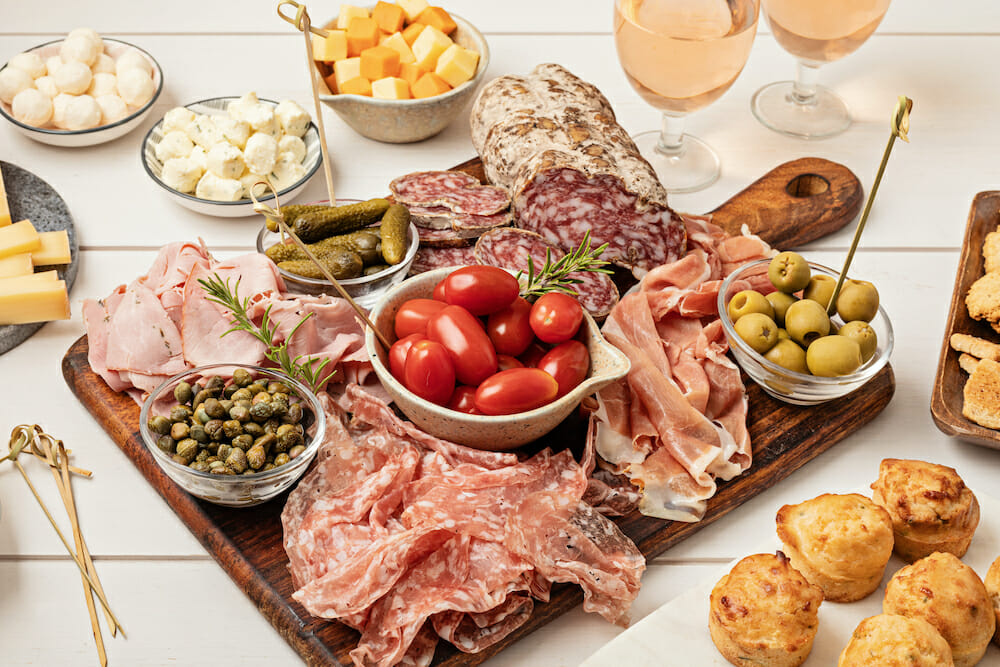
Creating your own charcuterie board can be a fun and rewarding experience, allowing you to showcase your creativity while saving some money. In this section, we'll provide you with valuable tips on choosing ingredients and suppliers wisely, designing visually appealing boards on a budget, and using seasonal ingredients to maximize savings.
Choosing Ingredients and Suppliers Wisely
When making a DIY charcuterie board, the first step is to choose your ingredients and suppliers with care. Visit local markets, cheese shops, and delis to find high-quality products at competitive prices. Don't forget to check out bulk stores or wholesale suppliers, as they often offer significant discounts on larger quantities. By sourcing ingredients wisely, you can create a delicious and affordable charcuterie board that impresses your guests.
Creating Visually Appealing Boards on a Budget
A visually appealing charcuterie board doesn't have to break the bank. Use budget-friendly items like wooden cutting boards, slate tiles, or even large plates as the base for your creation. Arrange your ingredients in a way that maximizes visual interest, using various colors, textures, and shapes.
Don't be afraid to get creative with your presentation by adding garnishes, such as fresh herbs, edible flowers, or decorative toothpicks. With a bit of imagination, you can create an eye-catching charcuterie board on a budget.
Using Seasonal Ingredients to Save Money
Incorporating seasonal ingredients into your charcuterie board is an excellent way to save money and showcase fresh, local produce. Fruits, vegetables, and even some cheeses can vary in price depending on the time of year. By choosing ingredients that are in season, you'll not only save money but also support local farmers and enjoy peak flavors. Keep an eye on seasonal produce guides and farmers' market offerings to stay informed about what's in season.
Going DIY charcuterie style is a fantastic opportunity to express your creativity and sticking to a budget. By carefully selecting ingredients and suppliers, designing visually appealing boards without overspending, and using seasonal ingredients, you can craft a mouthwatering and affordable charcuterie experience.
Bringing It All Together
As we wrap up our breakdown of the flavorful world of charcuterie prices, we want to emphasize the importance of understanding the various factors that contribute to the cost of these delicious creations. By taking into account the types of cheeses, meats, and additional ingredients, as well as presentation materials and sourcing locations, you can make informed decisions when purchasing or creating your own charcuterie board.
We encourage you to explore different options and let your creativity shine through when crafting your perfect board. Whether you're assembling a charcuterie board for a special event or simply enjoying a casual evening with friends and family, understanding the price factors can help you create a memorable and budget-friendly experience for everyone involved.
As you embark on your charcuterie journey, remember the tips and tricks we've shared throughout this article. From breaking down ingredient costs to finding eco-friendly board materials and incorporating seasonal ingredients, the possibilities are endless. We hope this guide has inspired you to delve deeper into the world of charcuterie and discover new ways to enjoy this culinary art form. Bon appétit!
TIP: Join us for our free, on-demand training about how to start, grow and get more customers with your charcuterie brand! Click here to read more >
People Also Asked:
How to Price Charcuterie Boards
Pricing Formula: Cost of ingredients + labor + overhead + profit margin.
Consider factors like ingredients, presentation, and sourcing when determining the price of a charcuterie board. Keep in mind that labor, overhead, and desired profit margin should also be factored in.
Cost of a Good Charcuterie Board
Average Cost: $15-$50 per person.
The cost varies depending on the quality and quantity of ingredients, presentation, and sourcing. High-quality cheeses, meats, and other items can increase the price.
Why Charcuterie Boards Are Expensive
Main Reasons: Quality ingredients, labor, and presentation.
Charcuterie boards can be expensive due to the use of premium cheeses, meats, and other ingredients, as well as the time and effort required for preparation and presentation.
Charcuterie Board for 8 People
Estimated Cost: $120-$400.
The cost of a charcuterie board for 8 people can range from $120 to $400, depending on the quality and variety of ingredients, as well as presentation and sourcing factors.
Meat for Charcuterie for 100 People
Meat Quantity: 20-25 lbs.
For a charcuterie board serving 100 people, you'll need approximately 20-25 pounds of meat, considering 2-2.5 ounces of meat per person.
Calculating Charcuterie Board
Calculation Steps: Determine ingredients, serving sizes, and costs.
To calculate a charcuterie board, first decide on the ingredients and their serving sizes. Then, calculate the cost of each ingredient and factor in labor, overhead, and desired profit margin.
Make sure to join us for our free, on-demand training about how to grow and get more customers with your charcuterie brand! Click here to read more >







